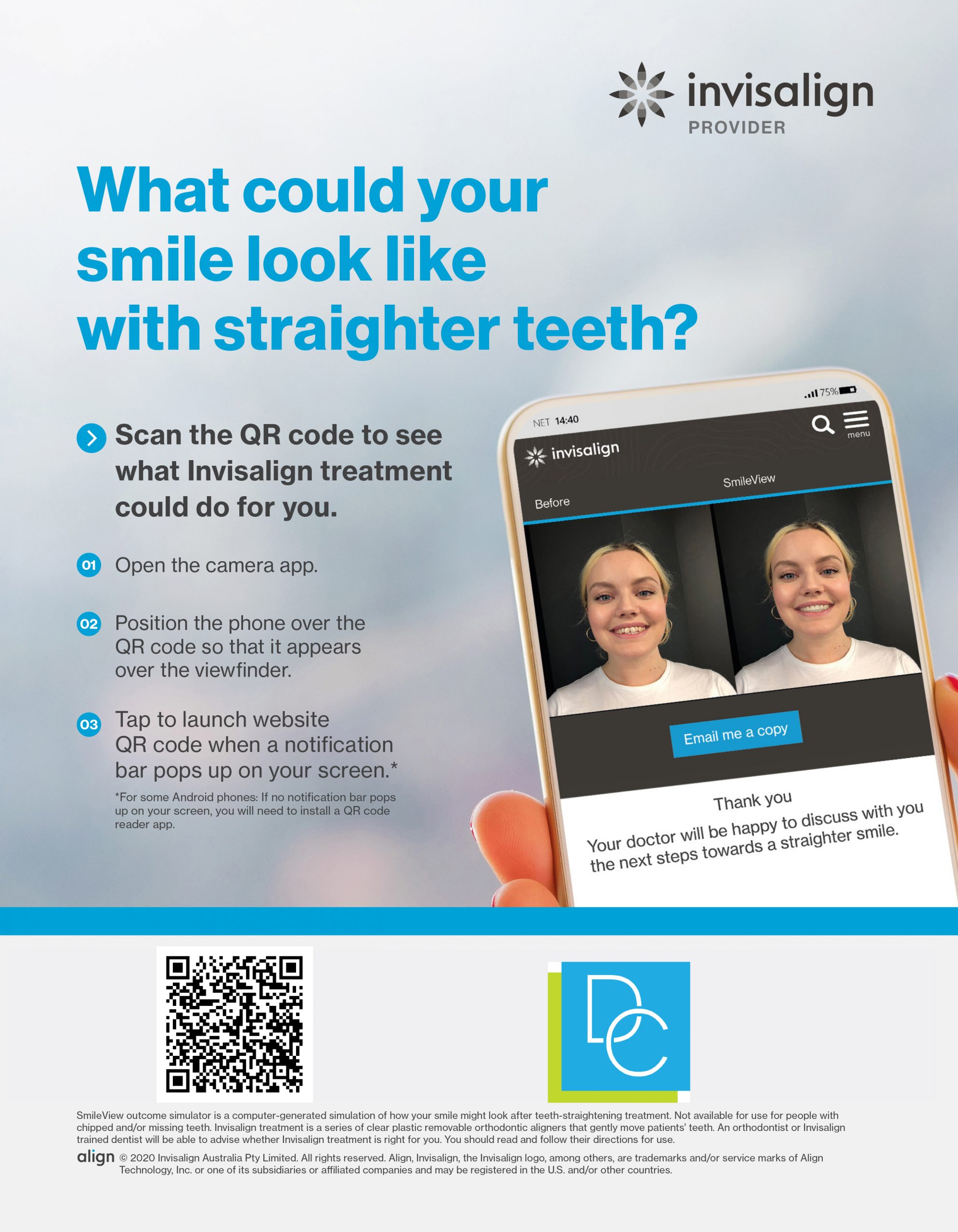- December 2024
- November 2024
- October 2024
- December 2023
- April 2022
- March 2022
- February 2022
- January 2022
- November 2021
- October 2021
- September 2021
- August 2021
- July 2021
- January 2021
- December 2020
- November 2020
- October 2020
- September 2020
- August 2020
- July 2020
- June 2020
- May 2020
- April 2020
- March 2020
- February 2020
- January 2020
- December 2019
- August 2019
- July 2019
- June 2019
- May 2019
- April 2019
- March 2019
- February 2019
- January 2019
- December 2018
- November 2018
- October 2018
- September 2018
- August 2018
- July 2018
- May 2018
- April 2018
- March 2018
- February 2018
- January 2018
- November 2017
- October 2017
- September 2017
- August 2017
- July 2017
- June 2017
- April 2017
- March 2017
- January 2017
- October 2016
- October 2015
- September 2015
- August 2015
An Extra Level of Plaque Prevention: What is a Fissure Sealant?
11 April,2019Brushing and flossing is the best way to fight plaque and prevent tartar build up, but what happens if the ridges of your teeth may be too deep for the standard toothbrush to reach? One of the most common areas for tooth decay is on the chewing surfaces of your back molars. On your back teeth you’ll find grooves and ridges which help grind your food so you can easily swallow it, but sometimes it can be harder to remove food residue and plaque with a standard toothbrush.
If your dentist has found that the grooves of your teeth are too deep for you to keep clean with your regular dental routine, they might recommend dental sealants.
Why fissure sealants?
Sealants are proven to be an effective way to prevent tooth decay and have been used by dentists for several decades. Sealants hold up incredibly well against everyday chewing and last for several years and proven to be a great way to fight plaque in hard to clean places.
What are sealants made of?
Sealants consist of a plastic material that is placed on the chewing surface of your tooth.
What to expect during a sealant procedure
A sealant procedure is a non-invasive and usually painless procedure that doesn’t require any drilling or numbing medications and will be completed in a handful of easy steps:
- First, the tooth will be polished to remove any food residue or plaque from the fissures
- The dental therapist will then isolate the dry tooth so it doesn’t get covered in saliva, and the surface and fissures of the tooth will be etched
- The etching material is then rinsed off and the tooth will then be dried
- The sealant is then pressed to the surface of the tooth with a brush. A self-curing light is used for roughly 30 seconds to bond the sealant to the tooth
- Your dentist will check to see that the sealant has hardened against the tooth
Fissure sealants are a safe and painless way to help protect your teeth from tooth decay. If you’d like to discuss how sealants can help you or your children in the fight against plaque and tooth decay, please contact the team at Dental on Clarendon.


